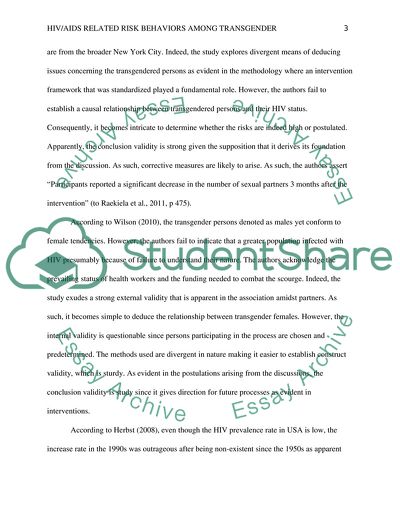Cite this document
(HIV/AIDS Related Risk Behaviors Among Transgender Research Paper, n.d.)
HIV/AIDS Related Risk Behaviors Among Transgender Research Paper. https://studentshare.org/medical-science/1773130-hiv-aids-related-risk-behaviors-among-transgender
HIV/AIDS Related Risk Behaviors Among Transgender Research Paper. https://studentshare.org/medical-science/1773130-hiv-aids-related-risk-behaviors-among-transgender
(HIV/AIDS Related Risk Behaviors Among Transgender Research Paper)
HIV/AIDS Related Risk Behaviors Among Transgender Research Paper. https://studentshare.org/medical-science/1773130-hiv-aids-related-risk-behaviors-among-transgender.
HIV/AIDS Related Risk Behaviors Among Transgender Research Paper. https://studentshare.org/medical-science/1773130-hiv-aids-related-risk-behaviors-among-transgender.
“HIV/AIDS Related Risk Behaviors Among Transgender Research Paper”. https://studentshare.org/medical-science/1773130-hiv-aids-related-risk-behaviors-among-transgender.


